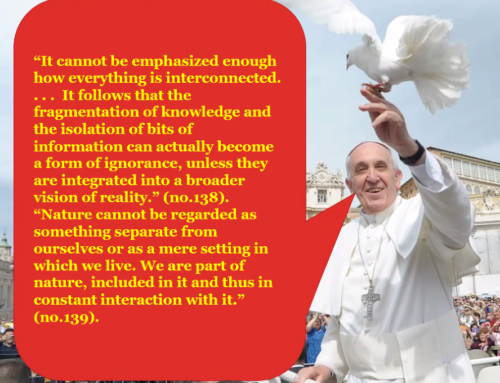Those who refuse to consider an unconventional idea in science are disturbingly similar to those who refused to look through Galileo’s telescope
When my Harvard colleague Stephen Greenblatt saw my book Extraterrestrial featured on the cover of the Orthodox Jewish magazine Ami, he commented “It is interesting that the Orthodox evidently do not consider their faith threatened by the possibility of other inhabited worlds.” To which I replied: “They appear to be less orthodox than my colleagues in the scientific community.” This was in reference to the pushback that my book received regarding the possibility that the interstellar object ‘Oumuamua might have been manufactured by another civilization.
Innovation blossoms in a culture willing to acquire new knowledge rather than being trapped in its past belief system. A mainstream astronomer who worked on rocks in the solar system for decades commented grudgingly: “‘Oumuamua is so strange…. I wish it never existed.” Such a sentiment is not the trademark of an intellectual culture that fosters discovery. In the weeks following the publication of my book I received numerous e-mails from astronomers, some tenured, who confessed that they agree with me but are afraid to speak out because of the potential repercussions to their careers.
Resistance to innovation is not a new phenomenon. When the astronomer Otto Struve suggested in a 1952 paper to search for hot Jupiters—massive, gaseous planets like our own Jupiter orbiting very close to their stars—his proposal was ignored until Didier Queloz and Michel Mayor found 51 Pegasi b. Prior to this discovery, astronomers argued that telescope time should not be “wasted” on this search because a Jupiter-like planet is unlikely to form so close to a sunlike star. Many even doubted whether exoplanets are common in the first place. The fact that this predictive “baby” was born four decades after it was conceived implies that there must be more “babies” that have never born because their existence is still in doubt. Placing blinders on our telescopes keeps us in our comfort zone at the expense of prolonging our ignorance. But reality does not abide by our prejudice; the existence of exoplanets or neighboring civilizations does not depend on whether we search for them.
Finding extraordinary evidence requires a commitment of extraordinary funds. This was true in the successful searches for the Higgs boson or gravitational waves, and it is definitely true in the so-far unsuccessful search for the nature of dark matter. Lack of evidence can be a self-fulfilling prophecy, the result of not investing enough in the search. All four proposals for explaining the anomalies of ‘Oumuamua in the context of a natural origin contemplated objects that we had never seen before in the solar system, including a hydrogen iceberg, a nitrogen iceberg, a tidal disruption fragment or a dust bunny. Therefore, by taking a close-up photograph of an ‘Oumuamua-like object in the future, we will learn something new about the nurseries that give birth to objects that we never imagined before ‘Oumuamua’s discovery. Our scientific knowledge will benefit irrespective of whether these objects are natural or artificial in origin. Only one scenario will maintain our ignorance—that of “business as usual” and lack of interest in ‘Oumuamua’s anomalies.
The culture of ignoring testable ideas because of prejudice coexists comfortably with a more extreme culture that embraces other ideas without requiring any test. The only requirement is for ideas to be popular within a large community that finds them legitimate. There is a benefit to not putting “skin in the game” with notions like the multiverse or the string theory landscape, which cannot be proven wrong by experimental tests and hence offer an ideal backdrop for demonstrating mathematical virtuosity. As the rabbinical saying goes: “The one who wants to lie, keeps the testimony far away.”

